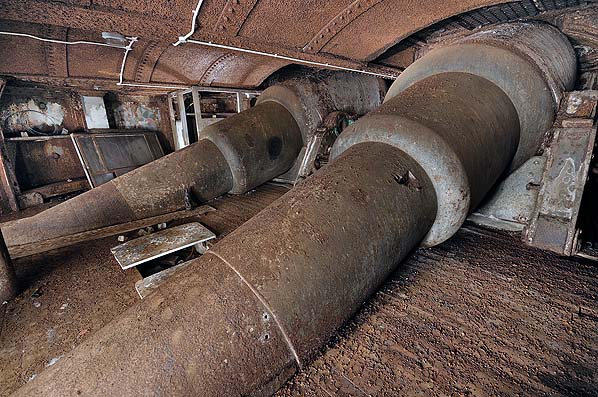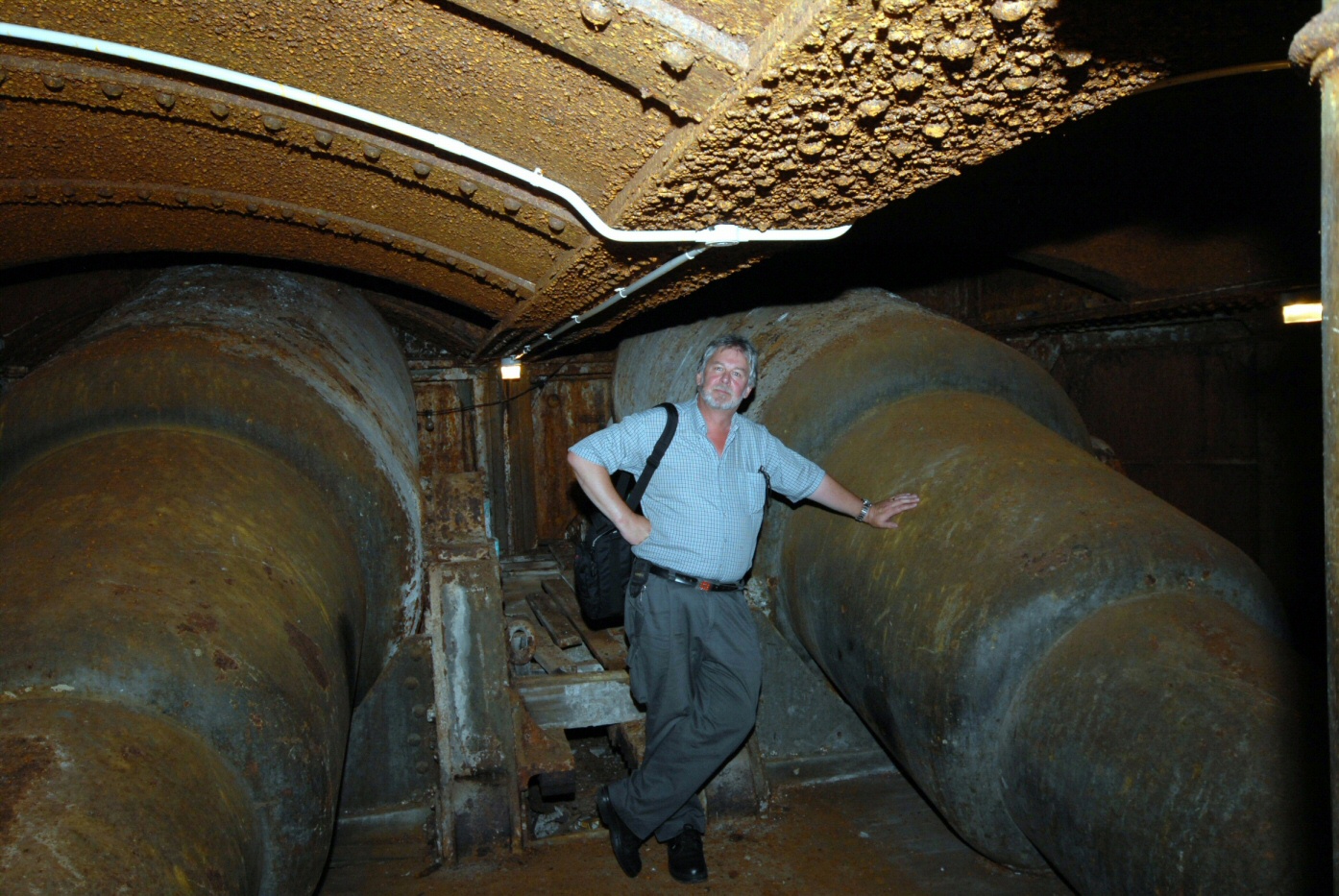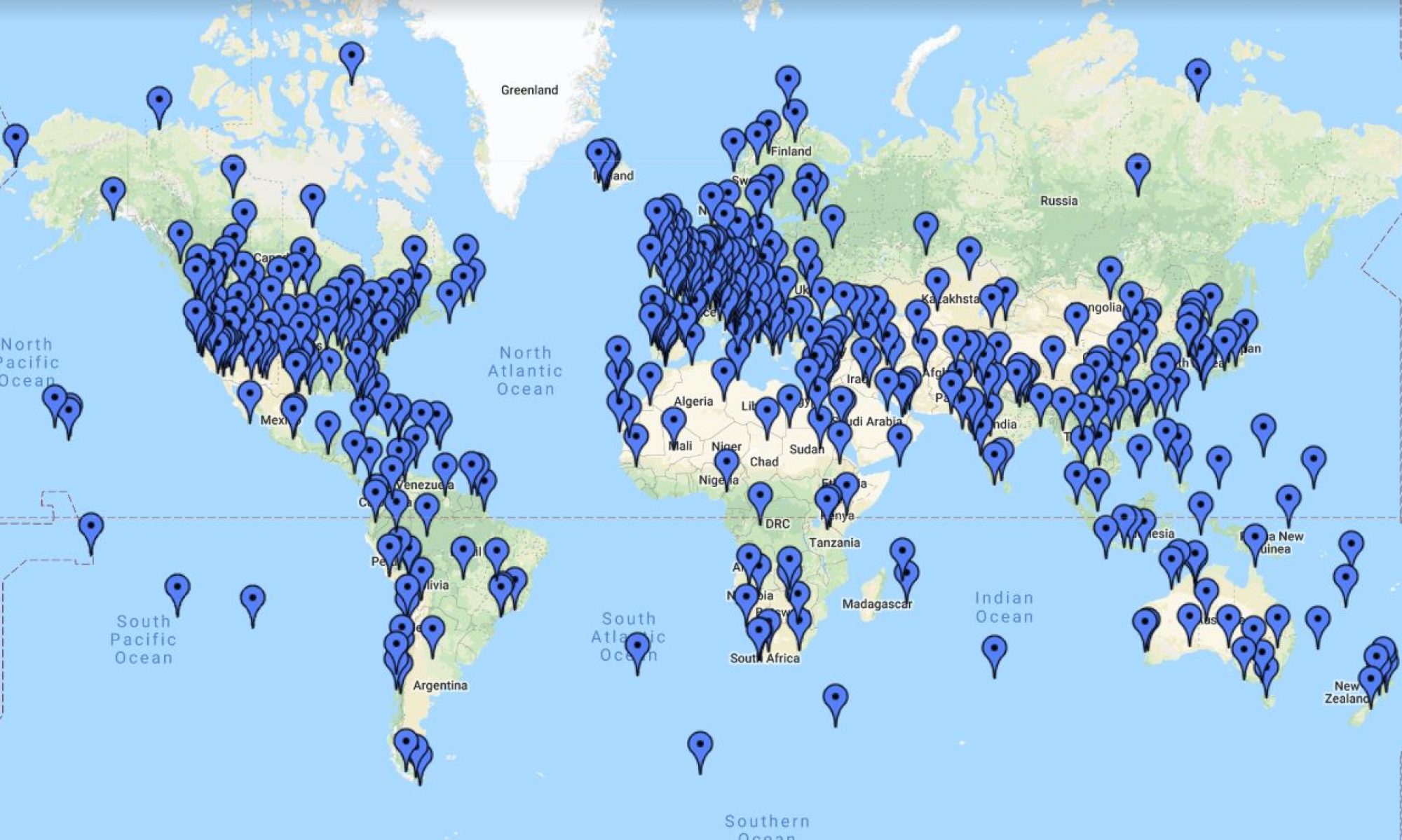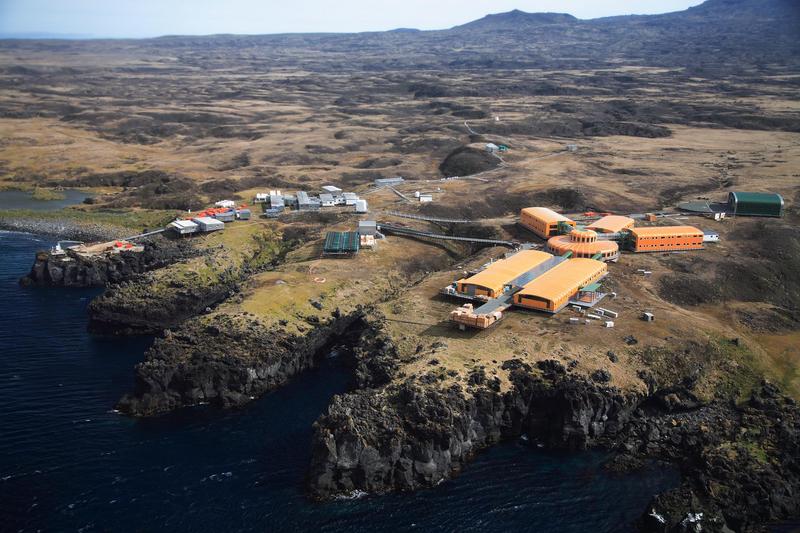Also known as just The Dover Turret, and assorted other nicknames.
In the 19th century the British, ever aware of just how close the were to the continent full of possibly nefarious personages contemplating invasion at any given moment, decided that the recently enlarged Admiralty Pier might offer a tempting landing spot for invading troops. Some defense was decreed. The result is the turret, armored, and armed with two 80-ton, 16-inch rifled muzzle-loaders with a range of up to 4.3-miles. Monster guns for the 1880s, although like most naval technology, soon outmoded. They are simply too big to dismember, so they remain in place:

For an idea of just how big they are:

The whole pier took a beating in a 1987 storm.The walkway along the pier was closed and the turret became inaccessible to the public. Most of the machinery inside the turret has been removed but the guns and their carriages remain together with parts of the shell lifts for the BL 6-inch guns above. The turret remains under the control of Dover Harbour Board and there are no plans to restore it or open it to view.
As it is today:



